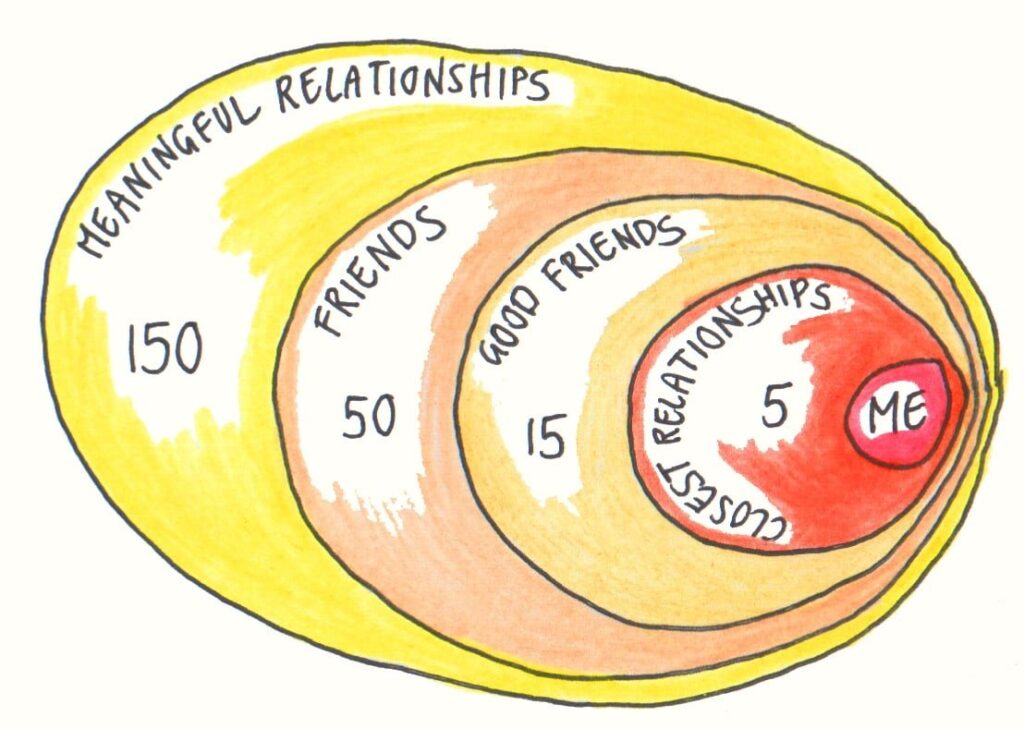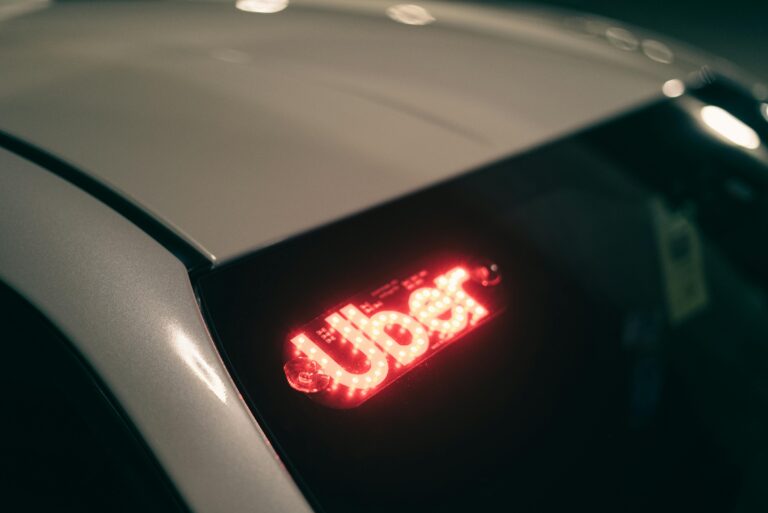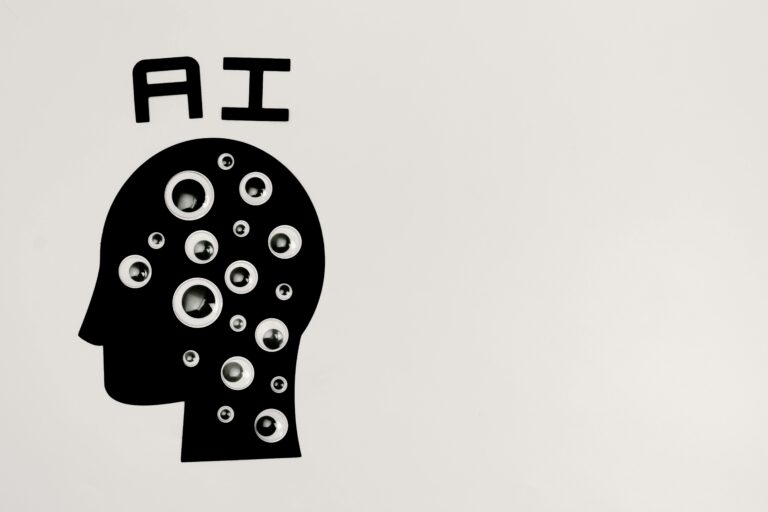
Marketing thrives on relationships. As businesses, especially in the U.S., look for ways to connect with their target audience, the concept of Dunbar’s Number in marketing provides valuable insight. This number, roughly 150, represents the ideal number of relationships a person can maintain. This theory, proposed by anthropologist Robin Dunbar, not only sheds light on human social networks but also reveals strategies that brands can use to improve customer engagement and loyalty.
In this post, we’ll explore how Dunbar’s Number in marketing influences brand strategy, social media, and customer loyalty. We’ll also showcase examples of popular U.S. brands effectively applying this concept.
What is Dunbar’s Number?
Dunbar’s Number is a social theory suggesting that humans can comfortably maintain stable relationships with around 150 individuals. These relationships could be personal or professional. While the number itself is up for discussion, its significance in marketing cannot be overlooked. Brands looking to cultivate meaningful connections with their audience can leverage this principle to focus their efforts on creating tight-knit communities rather than casting a wide net.
Example: Apple’s Loyal Community
Apple has masterfully cultivated a sense of community around its products. It’s not just about the devices; it’s about the experience. Apple’s marketing team understands that their users form deeper connections with their products, leading to strong brand loyalty and advocacy. By creating a sense of belonging, they tap into the power of Dunbar’s Number in marketing.
Also Read : The Zero-Sum Game of Ad Space Bidding: What Marketers Need to Know
How Dunbar’s Number Translates into Marketing Strategy
The Dunbar’s Number in marketing can be applied to numerous strategies. Here’s how:
- Building a Community of Advocates Fostering a small, engaged community that truly cares about your brand can be far more effective than reaching millions who have only a passing interest. This is why many brands focus on building a close-knit group of loyal customers who act as brand ambassadors.Example: Starbucks Rewards Program Starbucks’ Rewards program is a perfect example. With a membership base that gives access to personalized rewards, the company creates a community of repeat customers. Starbucks builds relationships with this group, making them feel exclusive and valued.
- Social Media Strategy Social media platforms, especially Instagram, thrive when they facilitate personal interactions. Brands like Nike and Adidas focus on fostering communities of like-minded fitness enthusiasts, creating spaces where their products are discussed and celebrated. Example: Nike’s Personalized Marketing Nike uses the concept of community-building by segmenting their followers into groups with common interests (running, fitness, sports). This helps them personalize ads and products, making the brand more relevant to each individual.
- Customer Loyalty Building relationships with around 150 key customers (Dunbar’s Number) can lead to higher customer retention rates. When you engage these customers consistently, they feel more emotionally connected to your brand and are more likely to advocate for it. Example: American Express Centurion Card The Centurion Card, also known as the “Black Card,” targets a very exclusive group of high-net-worth individuals. This strategy taps into the principle of Dunbar’s Number, where keeping the group small and exclusive increases its appeal.
continue reading…


